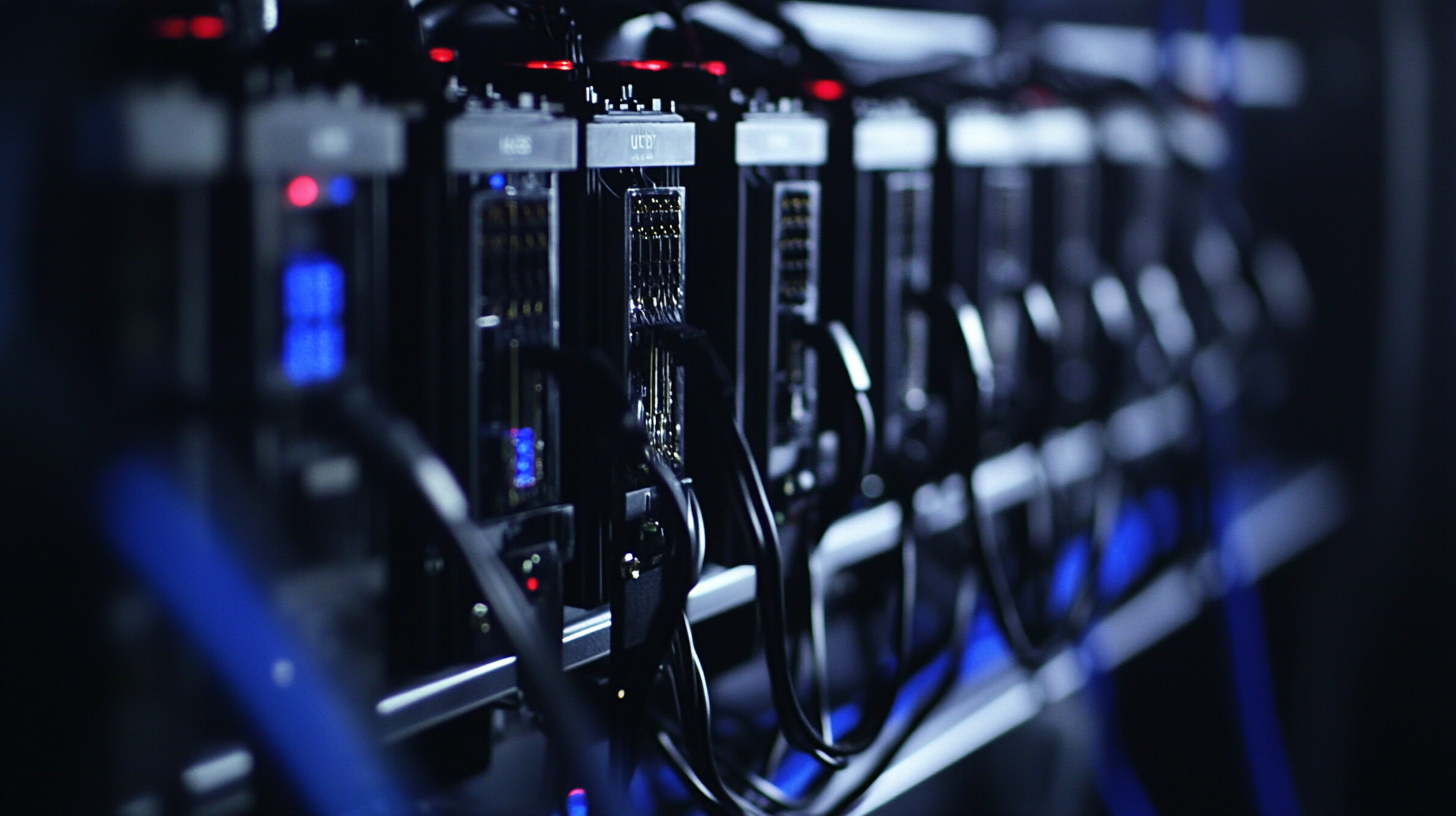Leave Your Message
In today's rapidly evolving energy landscape, the demand for advanced battery technologies continues to soar, making the selection of the right production equipment critical for manufacturers. The 32140 Tabless Battery Pilot Line is at the forefront of this innovation, offering enhanced efficiency and performance compared to traditional models. According to a recent market report by IDTechEx, the global battery market is projected to reach $403 billion by 2025, driven by the increasing adoption of electric vehicles and renewable energy storage solutions. This growth underscores the necessity for manufacturers to adopt cutting-edge technologies and optimize their production processes. As we delve into the ultimate checklist for sourcing the best 32140 Tabless Battery Pilot Line, we will explore key considerations that ensure your production needs are effectively met while positioning your business for growth in this competitive landscape.

As modern production lines increasingly shift toward sustainable solutions, the demand for 32140 tabless batteries is surging. This rise can be attributed to the expansion of electric vehicles (EVs) in China, with the production and sales of domestic EVs reaching 3.02 million and 2.99 million units respectively by November, marking a year-on-year increase of 170%. This explosive growth highlights the importance of adapting to contemporary battery technologies to meet market demands.
Tips: When sourcing a pilot line for tabless battery production, consider factors such as battery efficiency, manufacturing speed, and adaptability to evolving technological standards. Integrating advanced manufacturing techniques can also enhance productivity, ensuring that your production meets the growing consumer expectations for reliable and high-performance batteries.
The industry is also seeing significant innovations in battery technology. For example, solid-state battery designs are projected to revolutionize the market by 2025-2030 due to their high energy density and safety features. As industries move toward cleaner energy solutions, sourcing high-quality tabless battery production lines will be essential for staying competitive.
When sourcing a 32140 tabless battery pilot line, understanding the key technical specifications is paramount. Recent advancements in battery technology, like the new cell format being developed at a major factory in Korea, emphasize the importance of efficiency and scalability. Industry reports suggest that the tabless design can significantly reduce resistance and improve energy density, delivering up to 20% more energy compared to traditional designs. This shift is crucial as manufacturers are increasingly pressed to enhance performance while maintaining cost-effectiveness.
Moreover, when selecting a pilot line, consider the production speed and automation features. Studies show that automated pilot lines can boost output by 30-50%, allowing rapid iteration and testing of new battery designs. This is particularly relevant as market demands for high-capacity batteries rise, with projections indicating a compound annual growth rate of 20% in the electric vehicle sector alone. By prioritizing these technical specifications, manufacturers can ensure they are equipped to meet future challenges in battery production and innovation.

When considering the investment in a tabless battery production line, evaluating the cost-effectiveness of the solutions available is paramount for any manufacturer. Tabless battery technology, which eliminates the need for conventional tabs, can significantly streamline the manufacturing process, reducing both material costs and production time. By minimizing parts and simplifying assembly, companies can expect not only lower upfront investments but also decreased long-term operational expenses.
Furthermore, assessing the return on investment (ROI) associated with tabless battery production is essential. While the initial setup costs may be higher than traditional methods, the long-term savings accrued from increased efficiency, improved energy density, and reduced waste can lead to substantial financial benefits over time. It is important for businesses to conduct a thorough analysis of potential suppliers, including the technology’s scalability and the support services offered. By choosing the right production line that aligns with their unique manufacturing needs, companies can maximize their profitability while remaining competitive in the rapidly evolving battery market.
When it comes to sourcing the best 32140 tabless battery pilot line for your production needs, understanding the landscape of leading manufacturers is crucial. The 32140 tabless battery technology has gained significant traction due to its advantages in efficiency and energy density. Major players in the industry have been competing to enhance their manufacturing processes, delivering innovative solutions to meet the rising demands for electric vehicles and renewable energy storage systems.
In our comparative analysis, we delve into the capabilities and technologies offered by top manufacturers. Companies such as Company A are recognized for their advanced automation and scalability, allowing for rapid production ramp-up without compromising quality. Meanwhile, Company B focuses on cutting-edge materials science, optimizing the performance and lifespan of their tabless batteries.
By evaluating these strengths, businesses can make informed decisions on which pilot line aligns best with their production goals, ensuring a smooth transition to next-generation battery technology.
When setting up a 32140 tabless battery pilot line, integrating sustainability measures becomes a critical component of the production process. The transition towards more sustainable practices is not only essential for environmental responsibility but also beneficial for enhancing brand reputation and complying with regulatory requirements. By implementing green technologies and materials in your battery production, you can significantly minimize waste and reduce your carbon footprint.

One effective approach is to utilize renewable energy sources during manufacturing. Solar or wind energy can power machinery and equipment, which can substantially cut down on fossil fuel dependence. Additionally, choosing eco-friendly materials for your tabless battery components ensures that your production line aligns with sustainability goals. Recycling initiatives, such as reclaiming materials from production scraps and batteries, should also be a priority to close the loop on resource consumption. By focusing on these sustainable strategies, manufacturers can create a more efficient and environmentally conscious 32140 tabless battery pilot line while meeting market demands for greener products.
